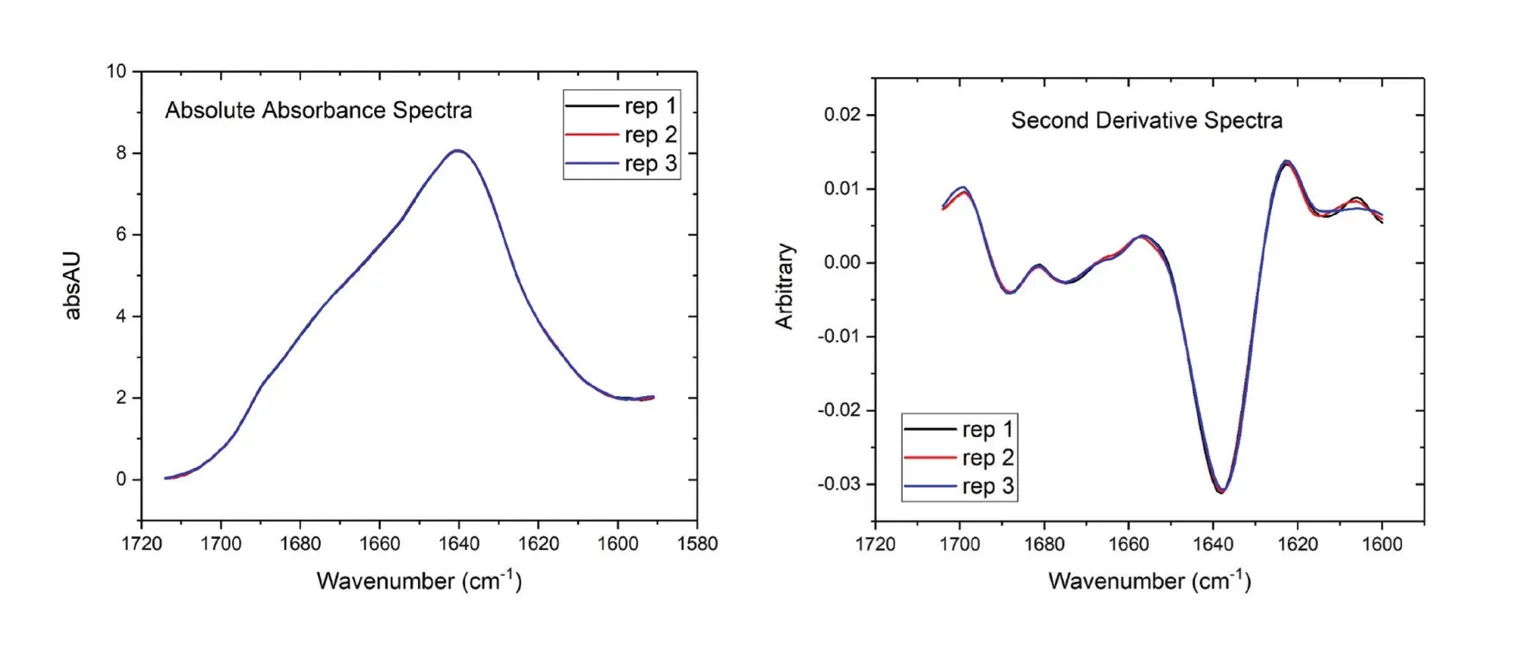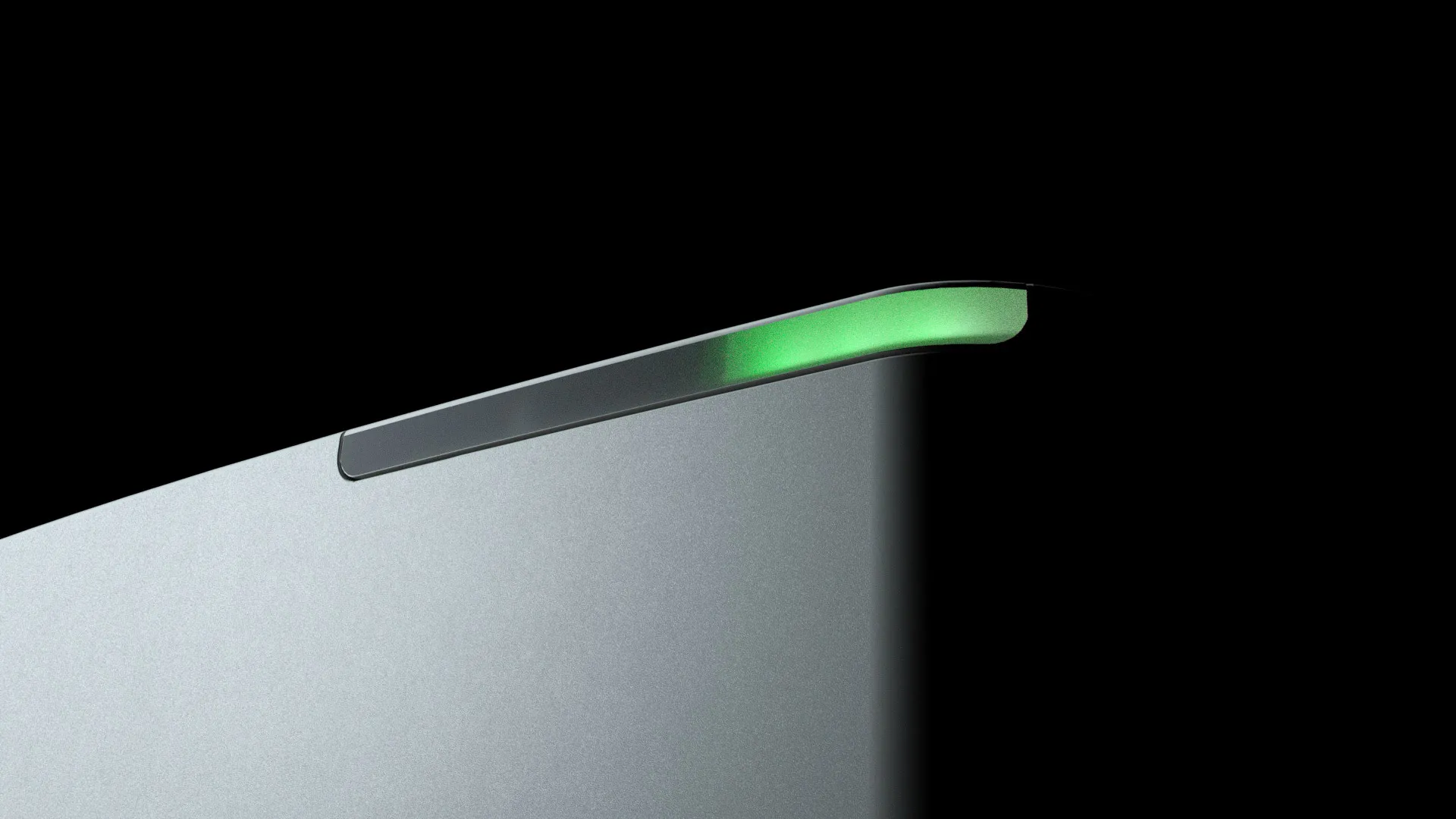
Fusion Protein Characterization and Structural Analysis with MMS
What Are Fusion Proteins and Why Are They Important?
Fusion proteins are a newer class of biotherapeutics that involve joining two or more recombinant protein domains, giving this class of drug the ability to provide targeted multi-functional therapy. These recombinant drug products are created by joining the gene segments that coded for target-seeking antibody regions, typically the Fab region, with another protein gene so that the resulting expression is a custom-designed biotherapeutic with higher specificity than either of the two original proteins. There is increasing interest in these designer molecules because they offer advantages of targeted therapy without the need to link a specific antibody to a protein drug.
Why Structural Characterization Matters for Fusion Proteins
It follows, therefore, that higher order structural (HOS) characterization of the individual proteins and the subsequent fused protein will be crucial to the understanding and monitoring of their function and potency.
How MMS Technology Enhances Fusion Protein Analysis
The novel Aurora TX utilizes a quantum cascade laser (QCL) and a microfluidic flow cell to provide secondary structural characterization of the antibodies and the fused proteins via Microfluidic Modulation Spectroscopy (MMS). This unique approach to mid IR spectroscopy provides confidence in the secondary structural make-up of the two therapeutic entities and their fused product by comparing their intrinsic IR spectra. The improved sensitivity provided by the QCL and the real time background subtraction powered by the MMS technology enable the ultrasensitive detection of the smallest differences between the three biomolecules in their preferred stabilizing buffer and formulation and across wide concentration ranges.
Fusion Protein Structural Validation with MMS
A successful collaboration with Amgen Inc, highlights the utility of the first-generation MMS instrument, the AQS³pro, to characterize fusion proteins(1). Amgen has built a therapeutic platform around the Bi-specific T-Cell engager (BiTE) protein which was created by linking the variable light and heavy chain corresponding to two antibodies. The results from these experiments showcase the performance of MMS applied to challenges in the characterization of the secondary structure of fusion proteins. The results presented in this study highlight how MMS enables accurate, highly repeatable characterization (see Figure 1 below) across a wide concentration range and measures with high sensitivity in different buffers. These capabilities offer potential to streamline the routine analysis associated with fusion proteins for therapeutic development.

Related Resources

